
How Well Do You Know Your Coffee?
Cappuccinos and Lattes are two of the world’s most popular espresso drinks, but many people, including ardent coffee aficionados, are surprisingly unaware of what makes each one unique. Take your love of coffee to an entirely new level and get a shot of knowledge by learning about the difference between lattes and cappuccinos.
3 Key Similarities
The main reason that people are uncertain about the difference between lattes and cappuccinos is that the ingredients are virtually the same. Skillful baristas are able to utilize their skills to expertly extract the distinctly different flavor profiles of lattes and cappuccinos from the same three ingredients. These ingredients are:
- A shot or two of quality espresso
- Steamed milk
- Some foam to top the drink off
A Whole Latte Differences
The differences between lattes and cappuccinos far outnumber the similarities. While the ingredients are the same, the similarities end there. The quantities, preparation method, and even the flavor profile of these drinks contrast sharply with one another.
Quantities
Cappuccinos require an even distribution of the three aforementioned main ingredients of espresso, milk, and foam. Meanwhile, a latte needs a higher quantity of steamed milk with a light layer of foam on top.
Prep
There are a few preparation differences between lattes and cappuccinos. The first thing to note is that cappuccinos are distinctly layered, meaning that each ingredient is poured in separately, one at a time. Lattes, meanwhile, require the espresso and steamed milk to be blended together.
Flavor
Taste is one of the marked differences between lattes and cappuccinos. Since cappuccinos require an even layering of the three ingredients, you will get a far more distinct coffee flavor that is strong and bold. Lattes, on the other hand, are creamier with a subtler coffee essence since the ingredients are combined together.
Layering a Luscious Latte
You’ll need the following ingredients to make the perfect latte:
- 18g ground espresso
- 250ml milk
- Use a scale to measure out 18g of coffee beans and use a grinder to grind your coffee beans to your preferred consistency.
- Use your Moka Pot or coffee machine to make about 35ml of espresso and pour it into the bottom of your cup.
- Steam 250ml of milk in a suitable jug until there is about 2-3cm of foam on the top. Alternatively, use a milk frother to create the foam you need. The amount of foam is one of the key differences between lattes and cappuccinos.
- Pour the milk into your espresso, starting from about 4 cm above the rim of the cup.
- As the volume in the cup rises, bring your jug closer to the rim of the cup so that the milk and coffee fold in on each other and mix.
- Finally, add the foam.
- (Optional step) If you are feeling really adventurous or want to let your artistic creativity shine through, use a latte art pen for aesthetic flair.
Crafting a Cuppa Cappuccino
The following ingredients can be used to prepare a traditional cup of cappuccino:
- 18g ground espresso
- 150ml steamed milk
- Cocoa powder (optional)
- There is no difference between lattes and cappuccinos for the first step. Measure out 18g of coffee beans on your scale and use a grinder to get them to the perfect consistency.
- Use a Moka Pot or coffee machine and brew about 35ml of espresso. Pour it into your cup.
- Steam your milk until you see about 4cm of foam at the top. Again, you can use a milk frother to create your foam quickly and hassle-free.
- Begin pouring your steamed milk into your espresso steadily and use a spoon to hold back the foam.
- Add the foam last and dust with cocoa powder, if desired.
- It is important to try and keep each layer intact and distinct so that there is a rich burst of coffee flavor at the end
The Difference is in the Details
We can now see that while the ingredients required are exactly the same, the difference between lattes and cappuccinos is all in the details. These small adjustments in measurements and crafting method may seem minor, but it ultimately has a significant and distinguishable impact on the overall flavor profile. It is also important to practice the art of making lattes and cappuccinos to a high standard for maximum enjoyment and consistency.
The best lattes are the ones that manage to incorporate a subtle blend of milk and espresso, with a delicate palette where each ingredient shines equally. Meanwhile, for cappuccinos, it’s all about the distinction between layers and that powerful burst of espresso right at the end.
Remember, coffee is art and practice makes perfect!


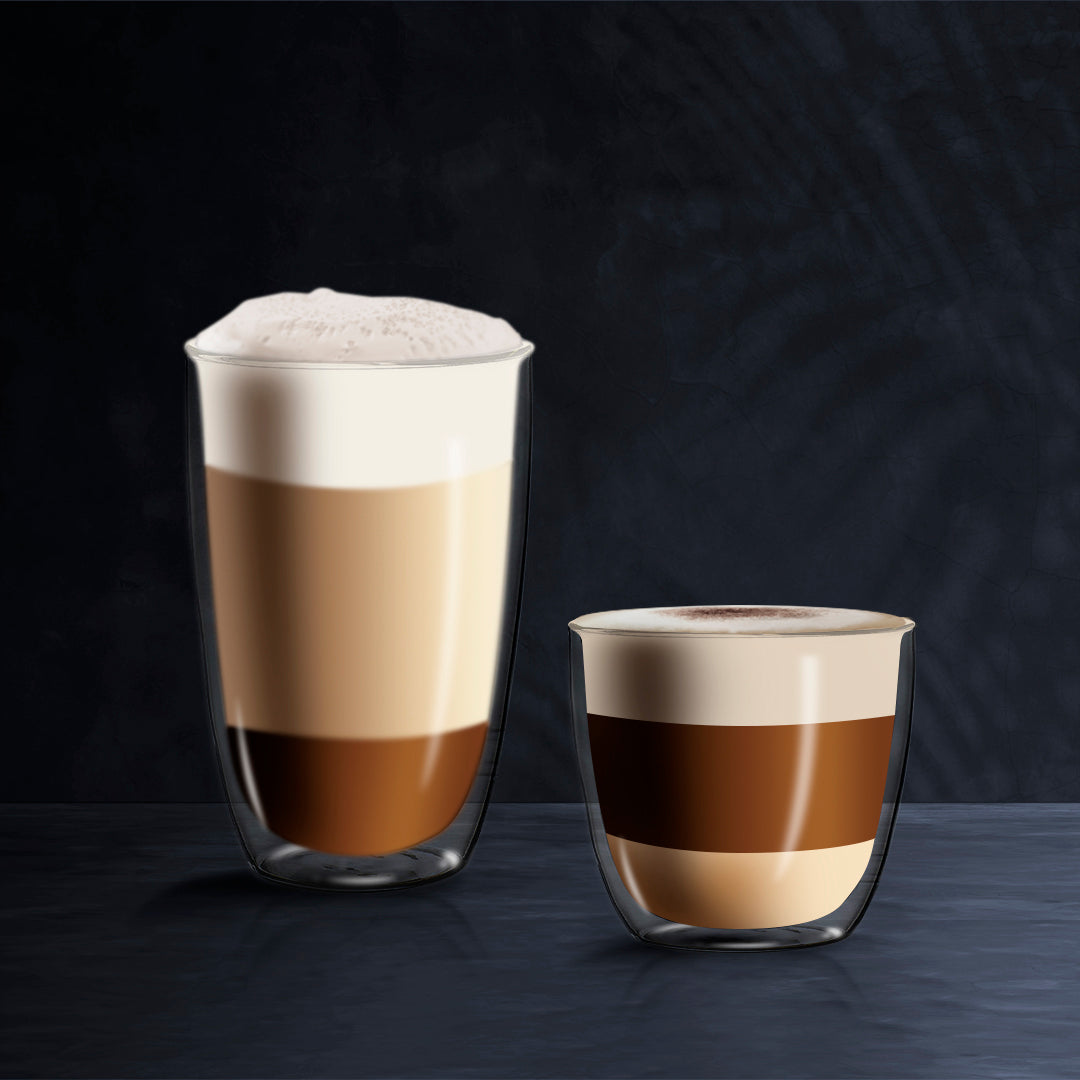
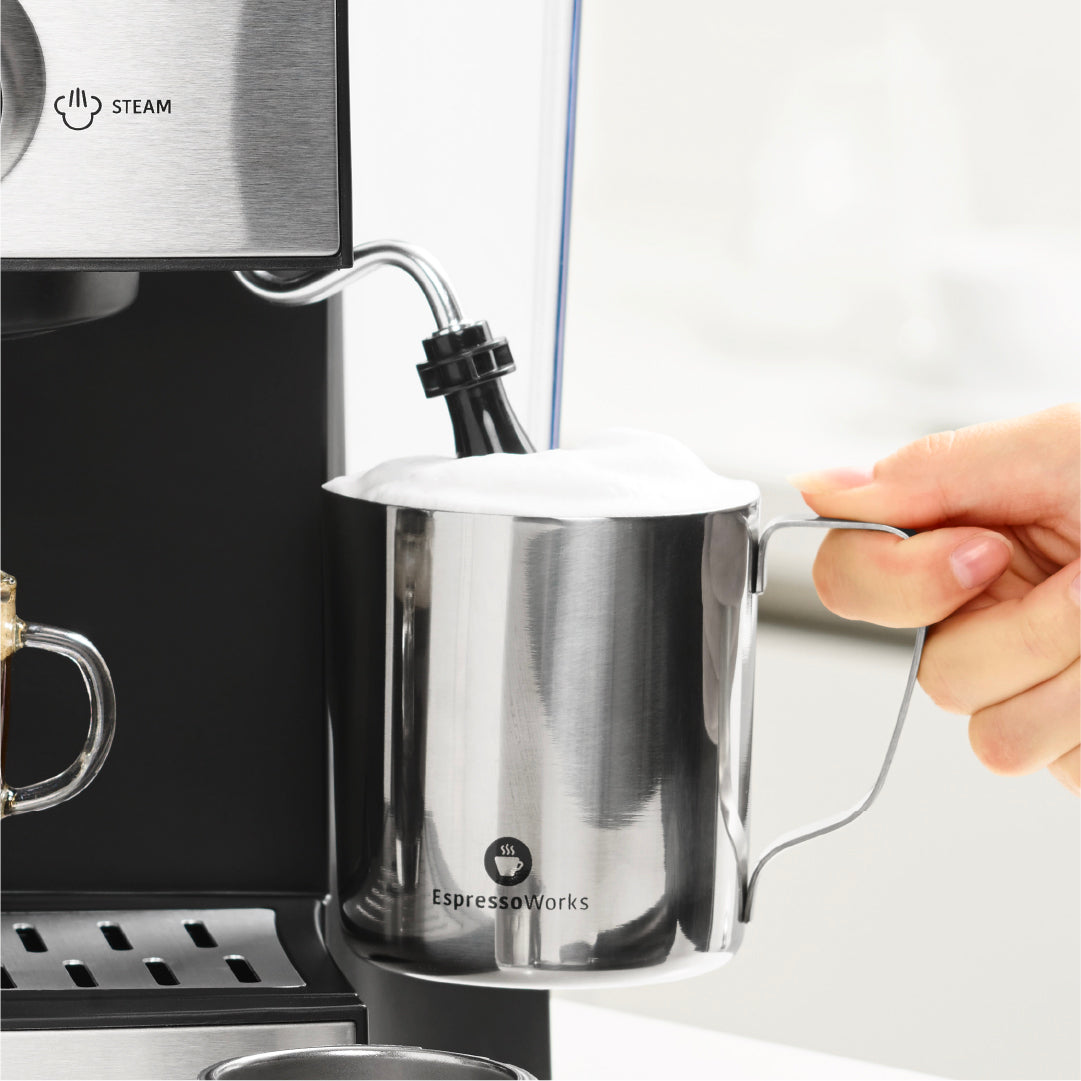
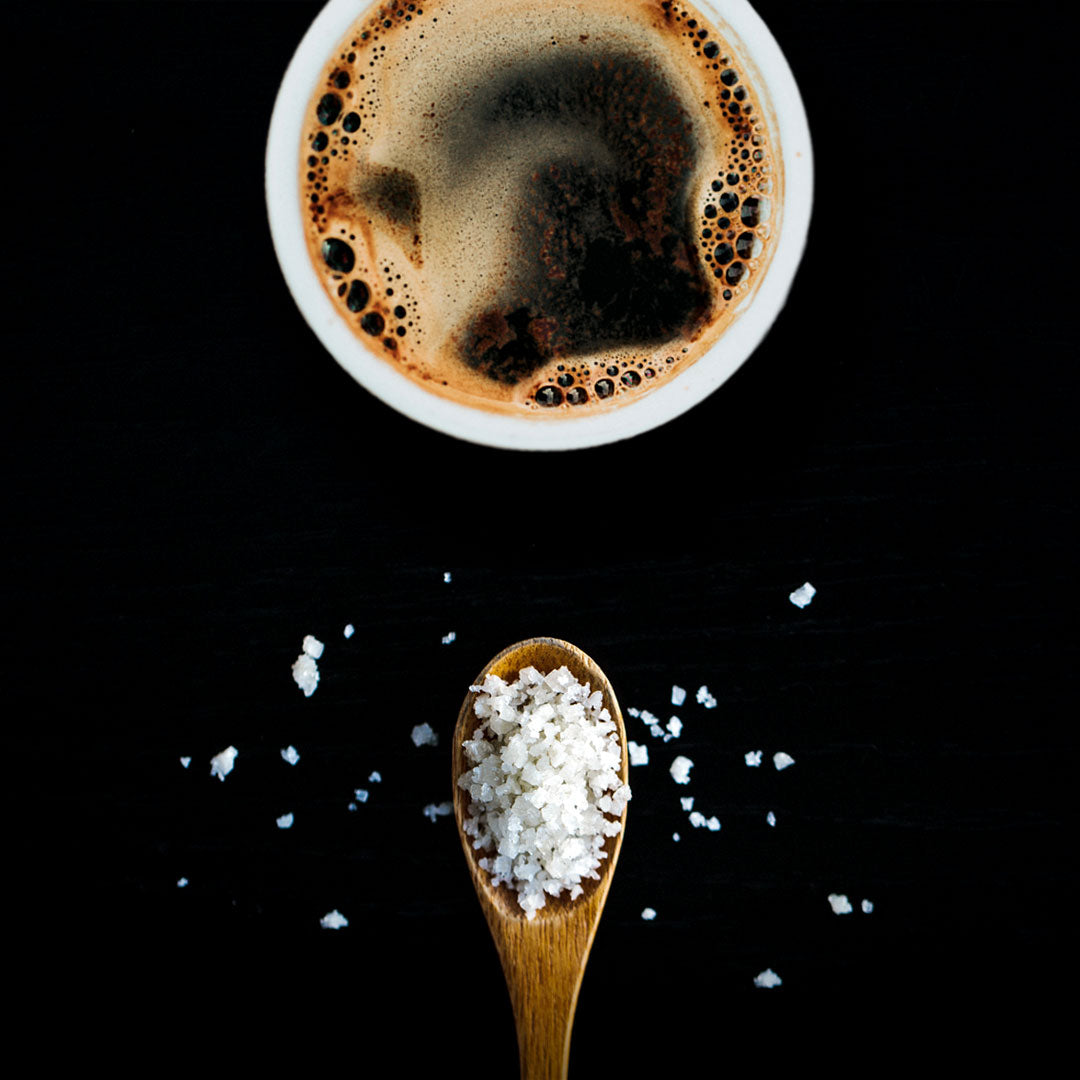
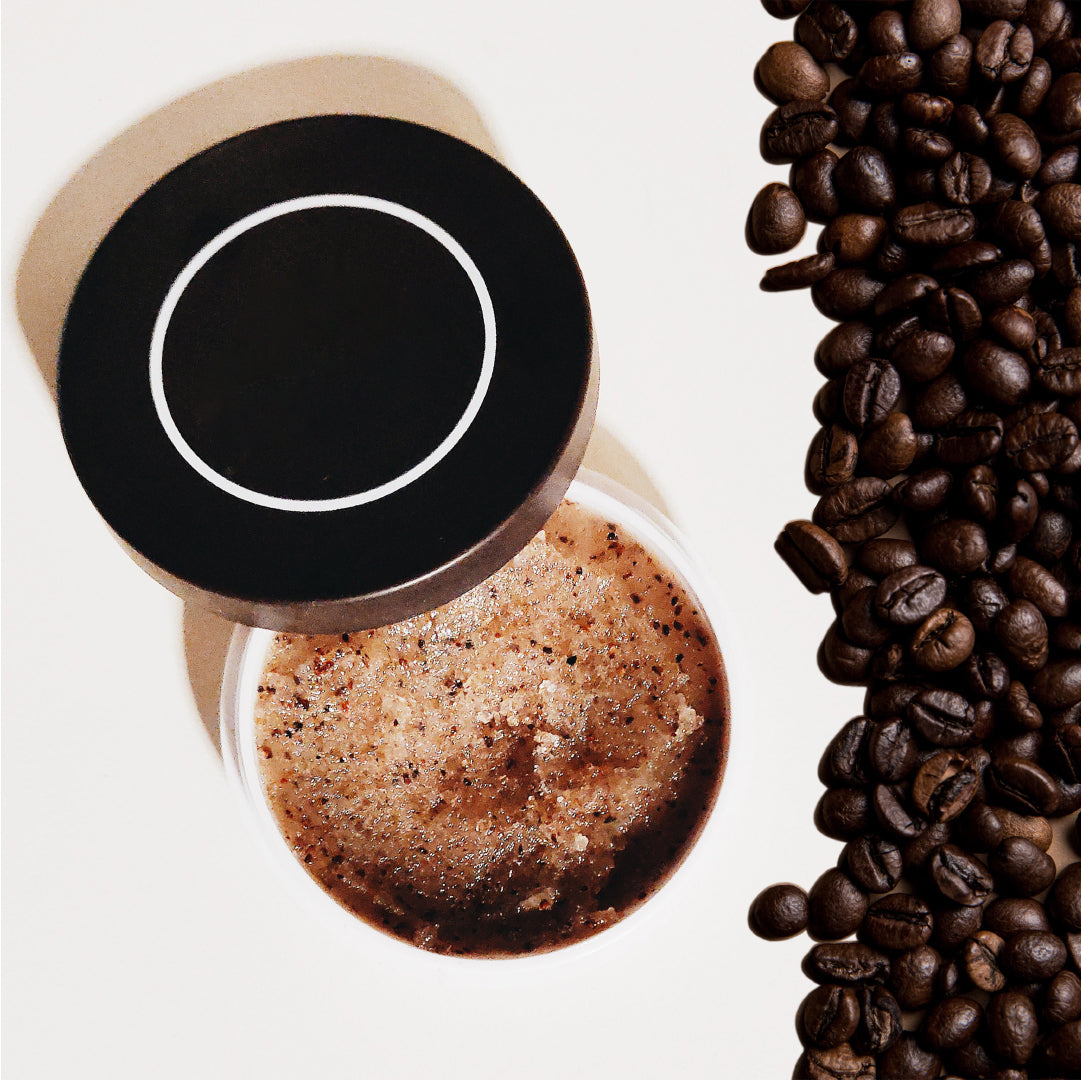

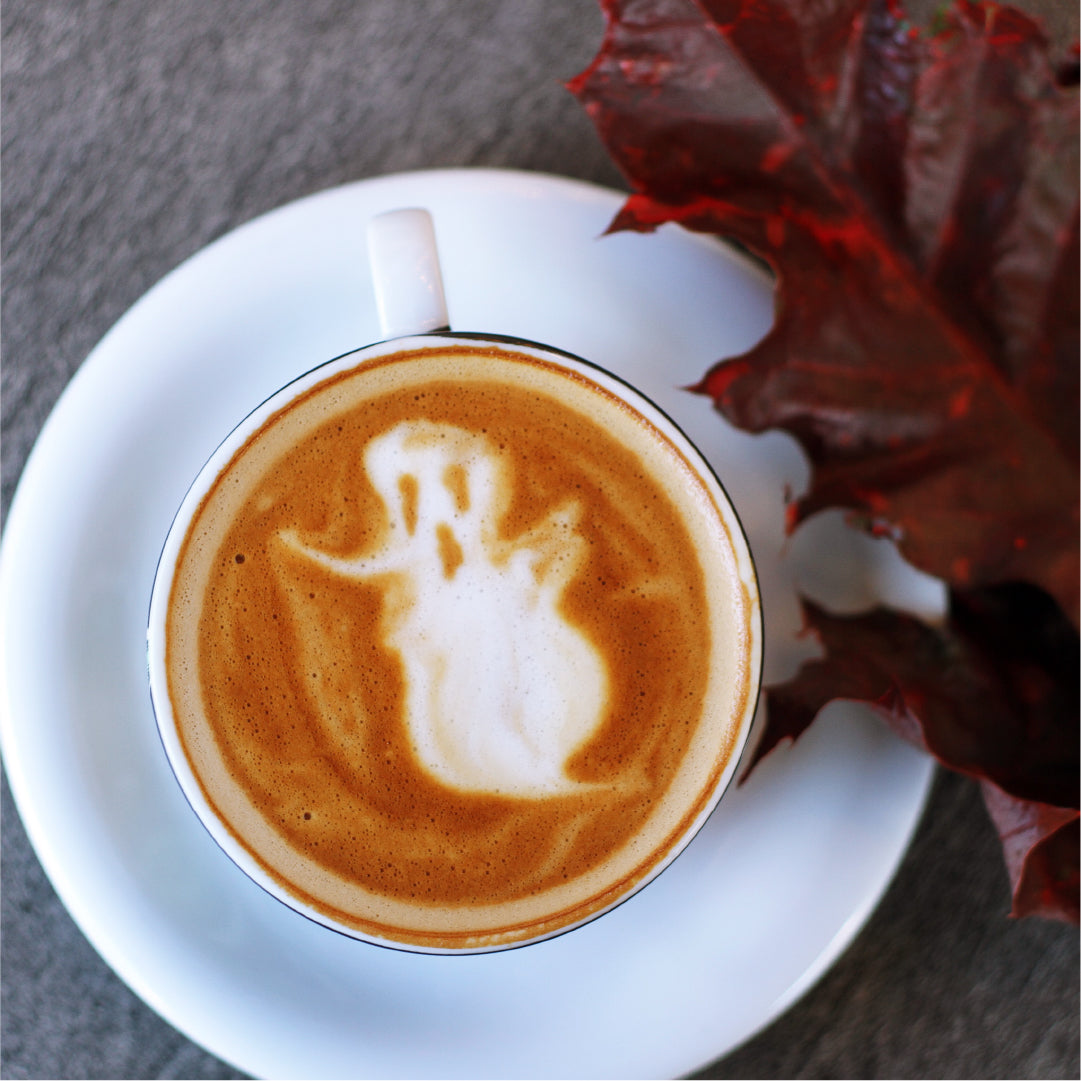
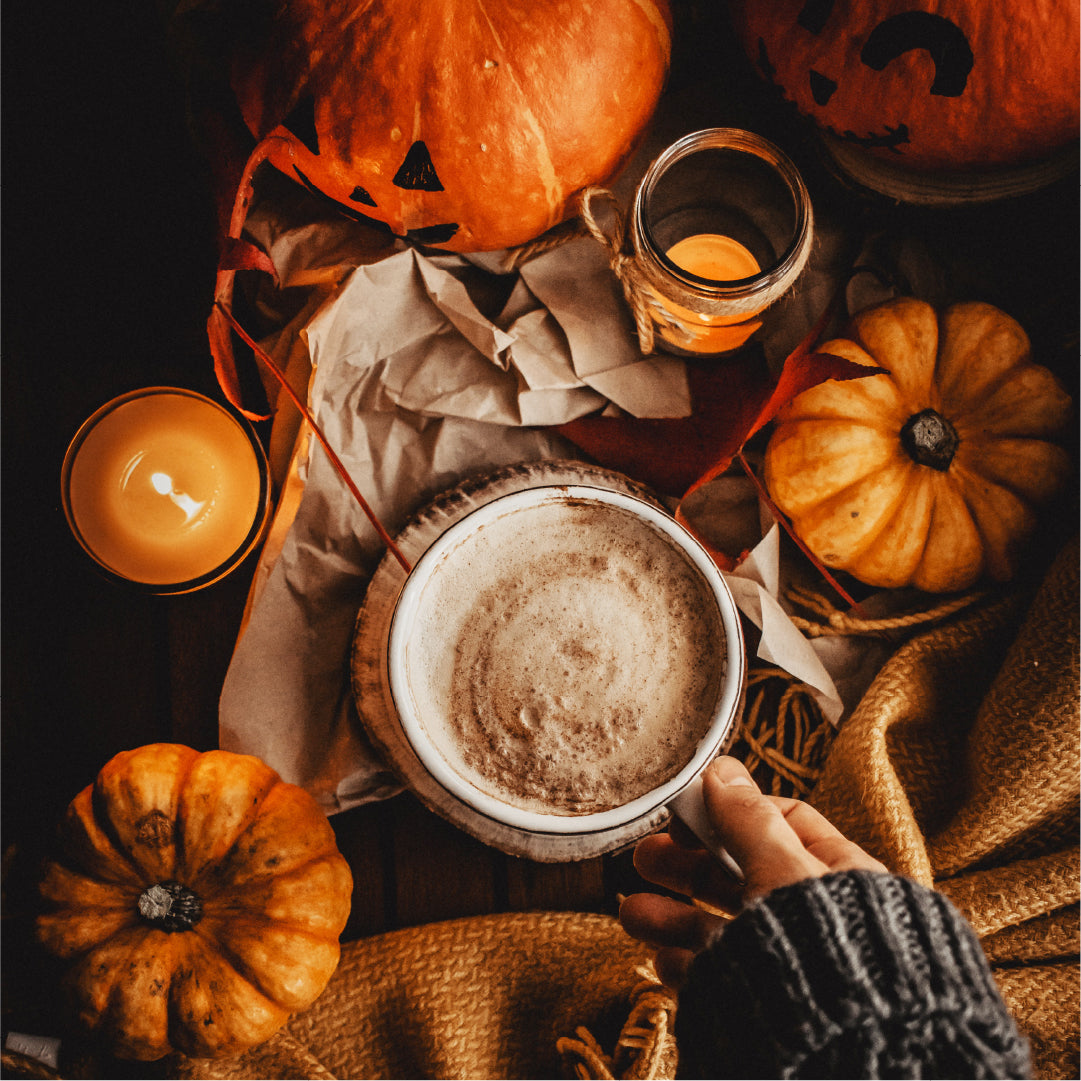
Share:
Helpful Tips for New Baristas
Coffee Hits Different with this Biscotti Recipe